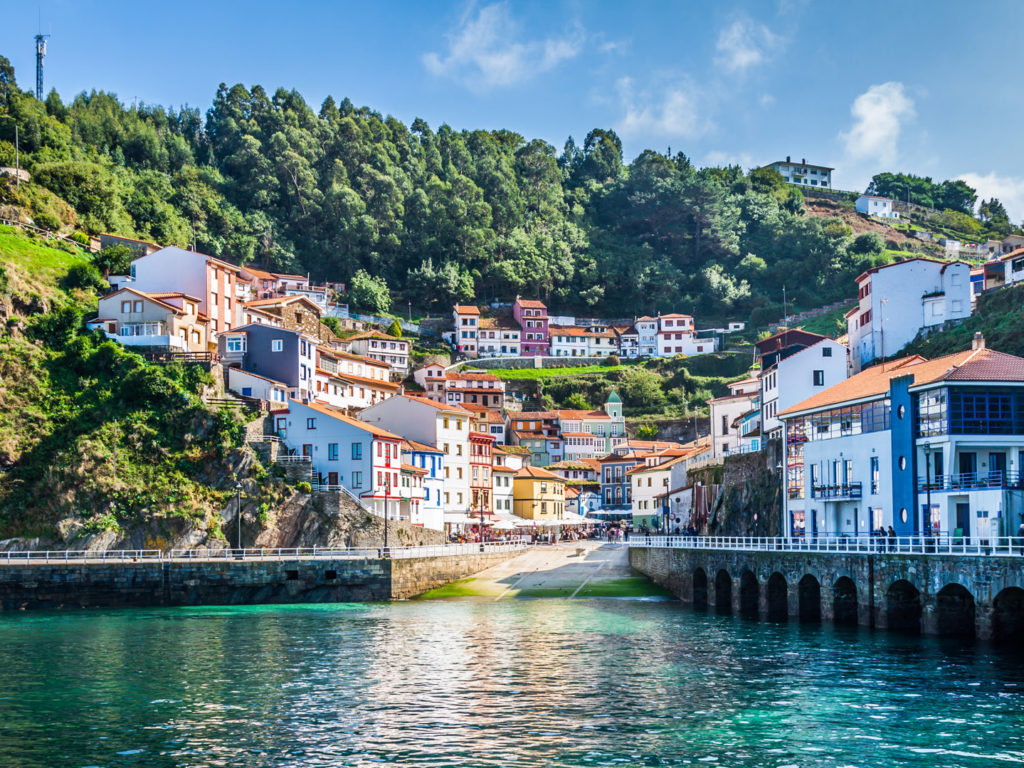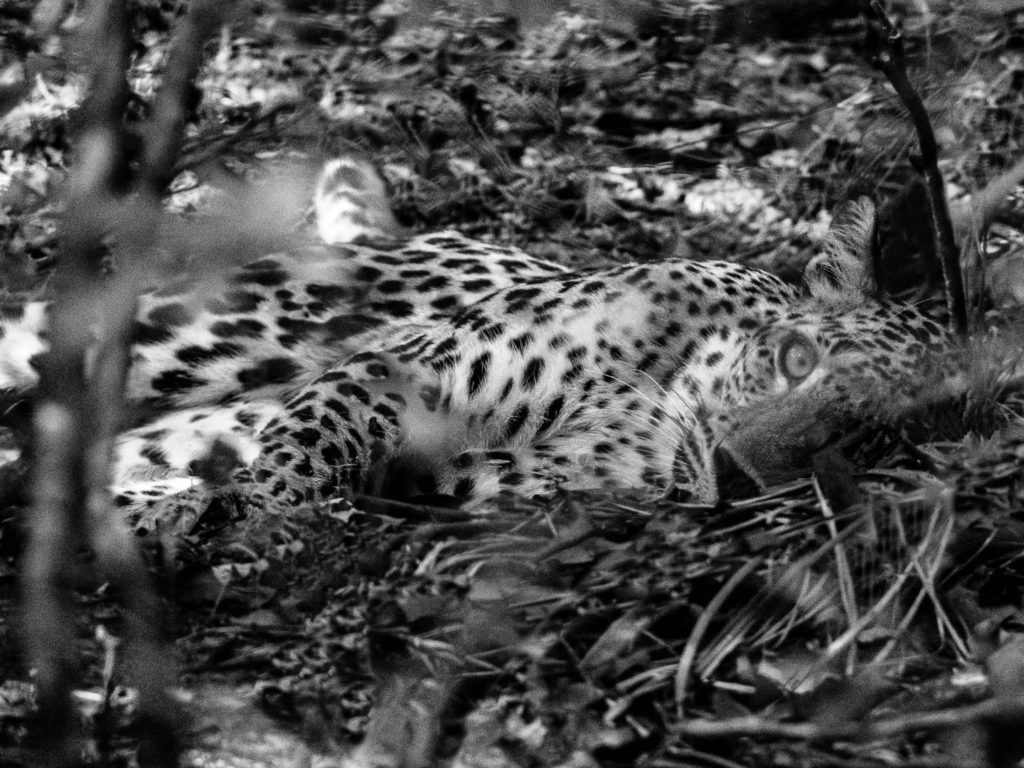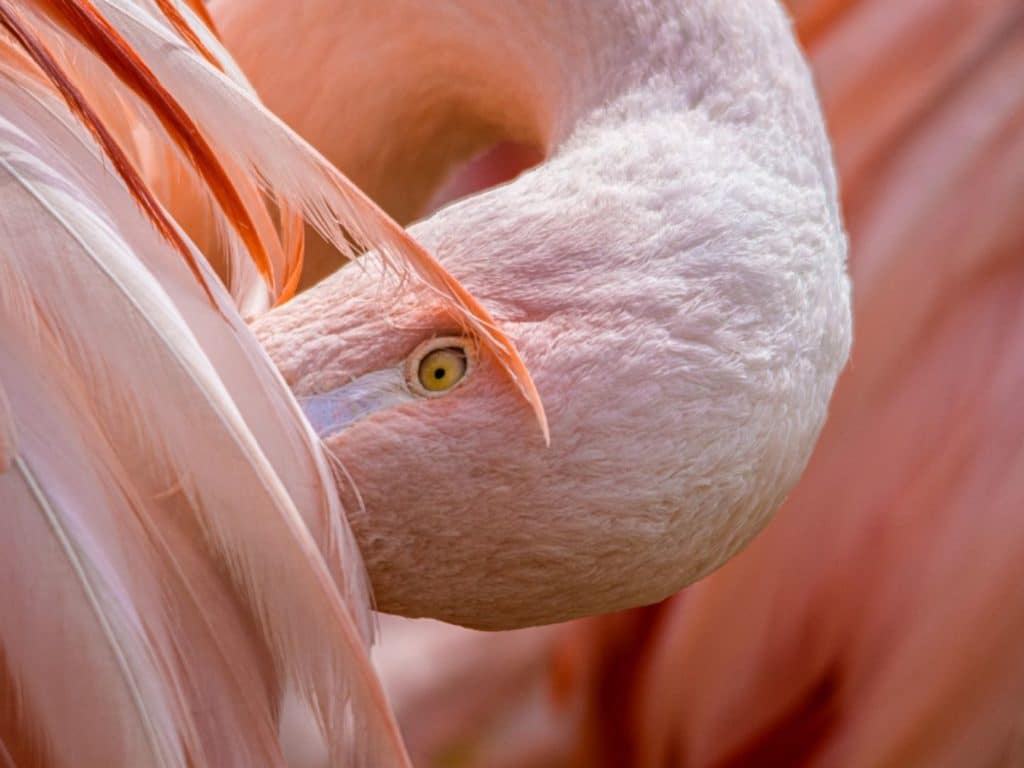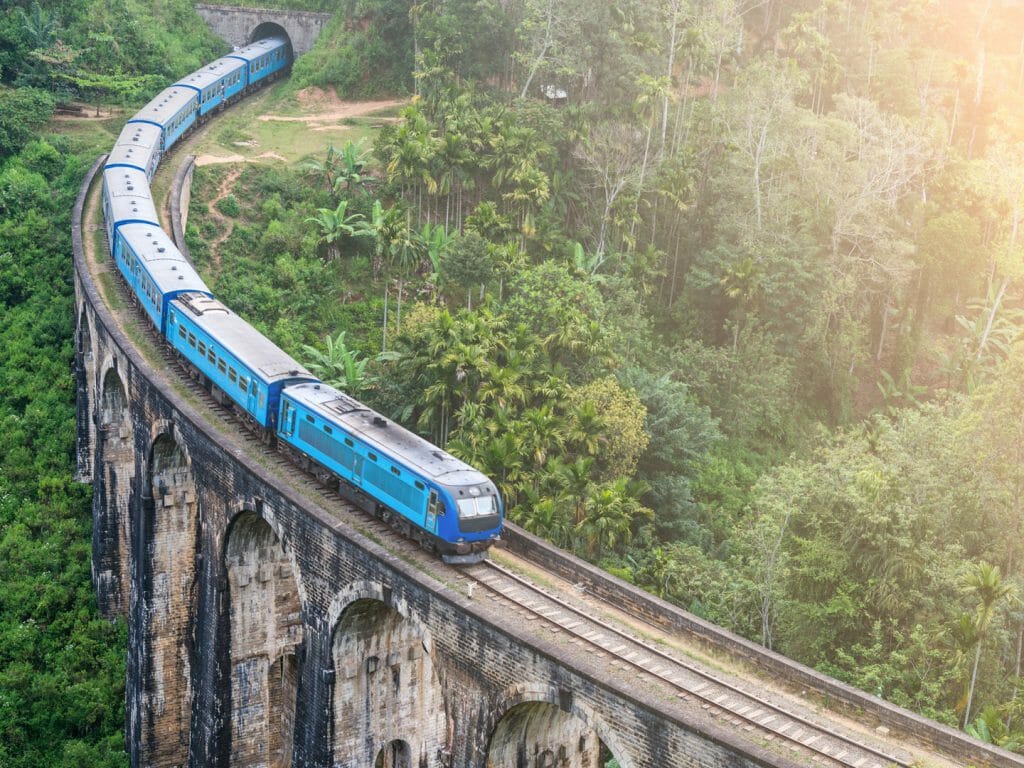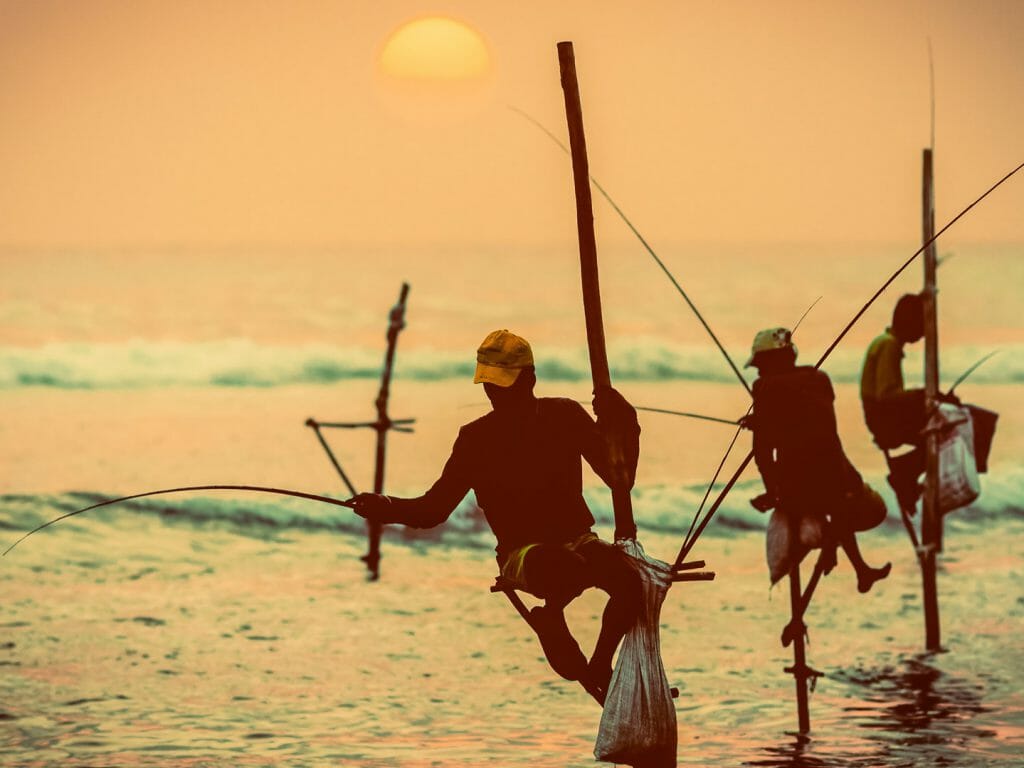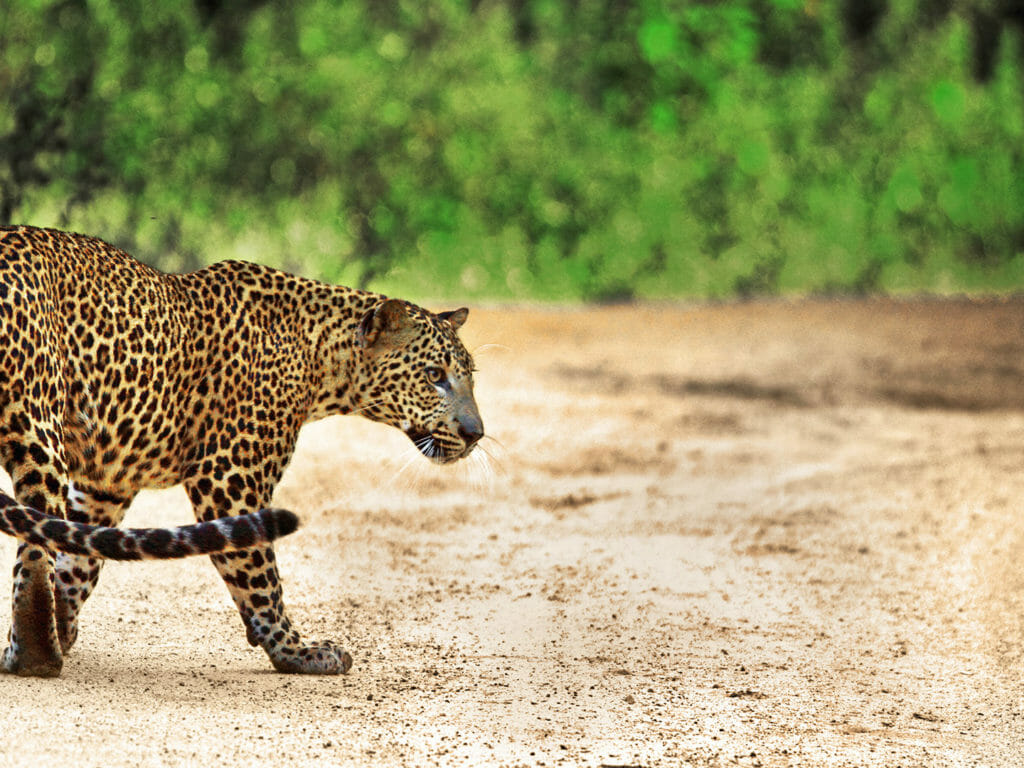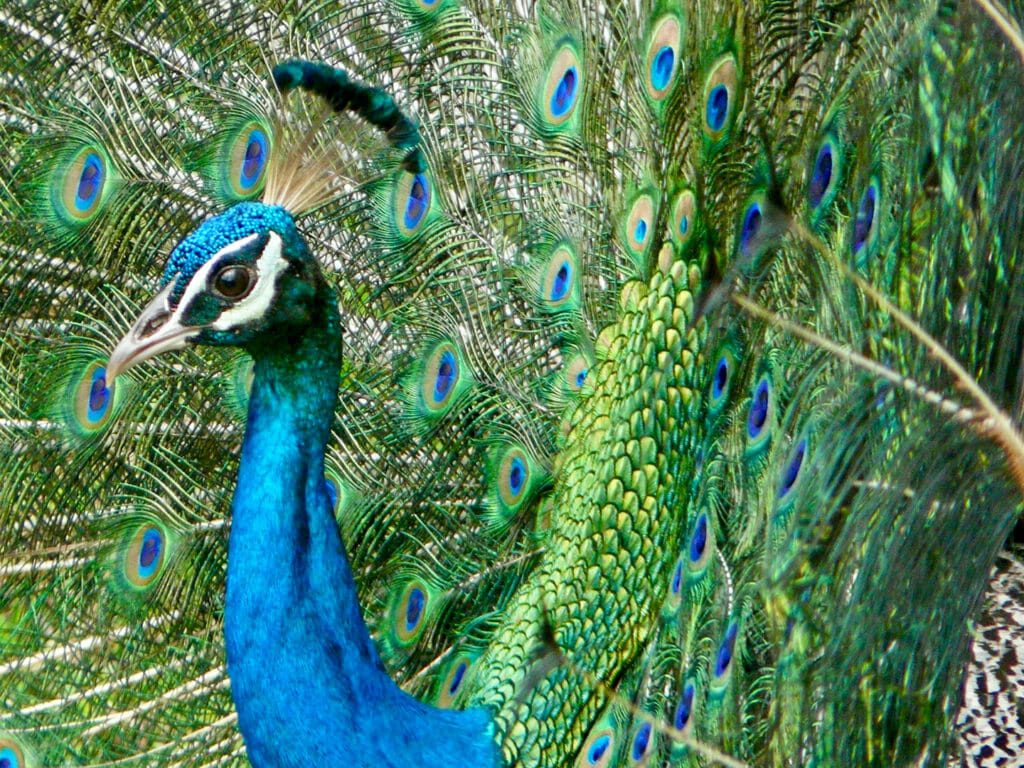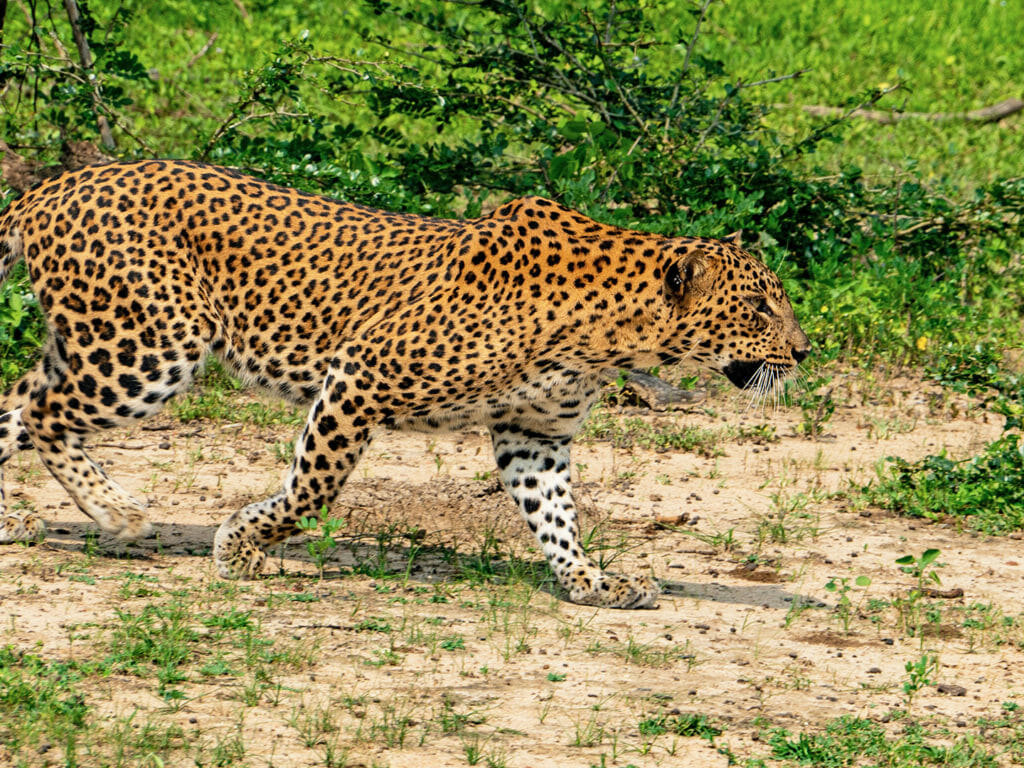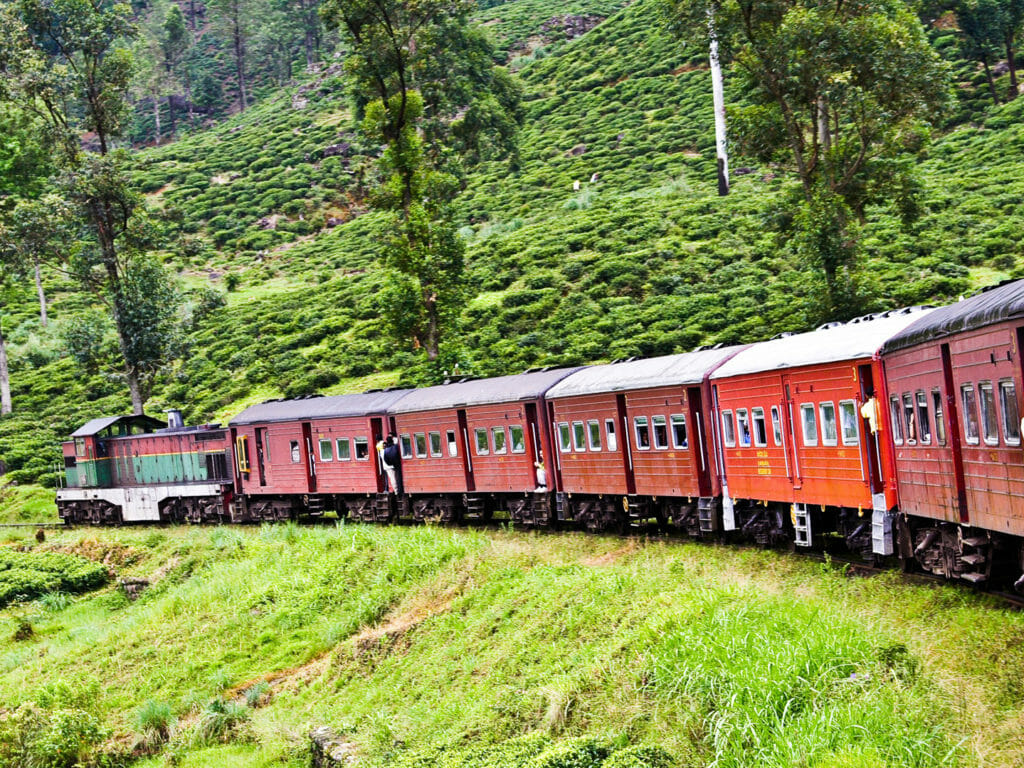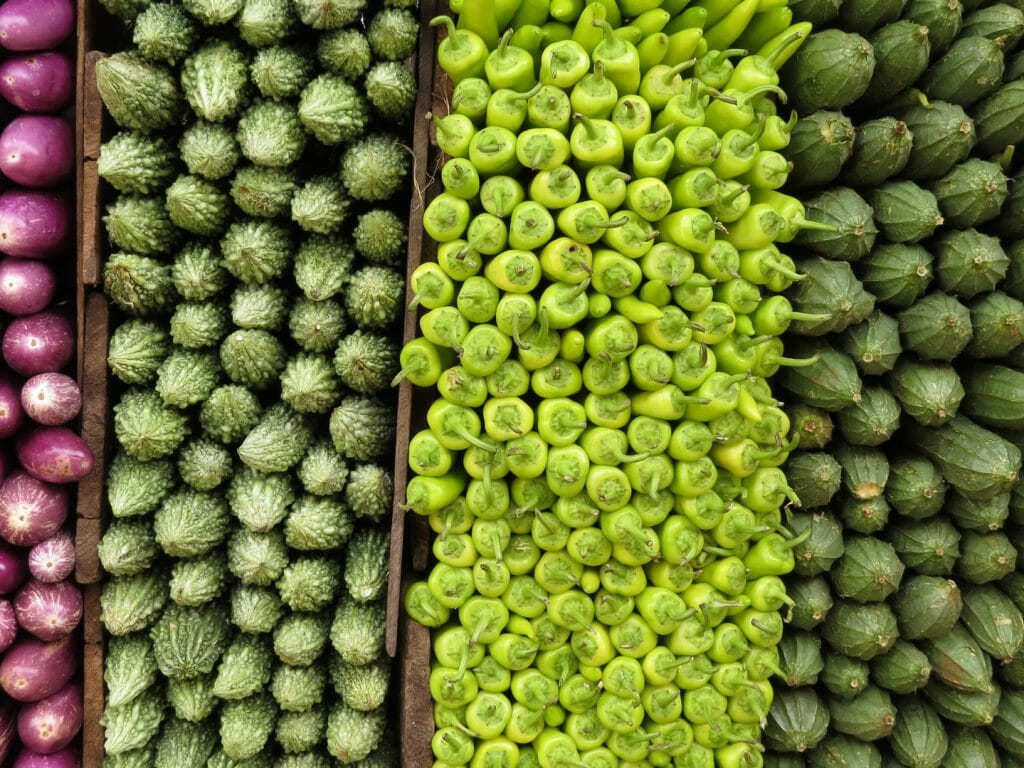Sri Lanka is an exquisite choice for a holiday during the festive season: December arrives and with it comes the island’s peak season, which runs until April. Most of the country basks in glorious sunshine, and the seas of the sought-after beaches of the west and south coasts become safe to swim in.
Christmas is a very popular time to visit Sri Lanka – the hill country, Kandy, Galle and the south coast are booked up months in advance and will be bustling with tourists come December. However, for those still seeking to escape to the island at this time of year, there are many other beautiful parts of Sri Lanka to be explored.
This blog takes you from the north-west coast to the untouched east, highlighting the best areas for finding a lively atmosphere, utter escapism or complete tranquillity – however you want to spend the holiday season, you can find it in Sri Lanka.
The north-west coast is not frequented very often by tourists, but also enjoys the plus points of peak season – great weather, and calm waters ideal for swimming and whale and dolphin watching. This region boasts exhilarating water-sports and stunning colonial-period architecture, and is particularly suitable for families.
Negombo is a youthful coastal town positioned approximately an hour north of Sri Lanka’s capital city Colombo. Known for its laid back beach bars and lively atmosphere, Negombo also boasts beautiful old architecture, mainly in the form of colonial churches. The town was an important port during the colonial periods – in the late 17th century the Dutch built a network of canals, over 100 km in length, that were used to transport valuable cinnamon and other spices from the inland plantations to the coast. A photographer’s paradise, from the gaudy, chaotic festivals erupting on the streets to the bleached, beached and beautiful Oruva outrigger canoe catamarans. These driftwood sculptures have been used for centuries and are a key part of the fishing industry, which is the beating heart of Negombo – rise at dawn and watch the fishermen delivering their catch to the bustling, early-morning markets.
The Wallawwa – It might be situated just a few kilometres from the airport but this seventeen-room boutique property is far from being a transit hotel. Nestled amongst acres of stunning gardens, The Wallawwa is a 200-year-old manor house, the most ancient wallawwa in the entire province and still maintains many elements of its original architecture. The bedrooms are positioned around a central courtyard pool and the interiors are a blend of traditional décor and modern comforts. A sanctuary of serenity and style, The Wallawwa offers exquisite food, extensive spa facilities and is wonderfully convenient for both the airport and Negombo, which is just a thirty minute drive away.
Another vibrant coastal location, Kalpitiya is a beach town situated at the tip of a small strip of land on the north-west coast. Well-known for being a fantastic spot for water-sports, this is area is particularly good for kite-surfing and windsurfing due its close proximity to the ocean and the Kalpitiya Lagoon. It is home to a 17th century Dutch fort and church, stunning beaches and offers travellers the opportunity to see Blue Whales, Sperm Whales and the acrobatic Spinner Dolphins within a fifteen-minute boat ride.
Bar Reef Resort – Bar Reef Resort is an eco-resort set on a private beach stretch in the rural fishing village of Alankuda. Set amidst swaying palms, this property is utterly tranquil and has an enchanting rustic feel. Six mud cabanas and two larger villas stand either side of a central avenue which is dotted with periwinkle flowers and lit with gas lamps at night. There is a large salt-water infinity pool fronting the property, shadowed by a majestic ambalama, which appears to blend straight into the ocean beyond. This swimming pool is illuminated at night with lights in the shape of star constellations, making for a magical evening dip. Beach living at its most classic, this property will charm you.
Spinner Dolphins and Blue Whales
Accompanied by an experienced naturalist, take the thirty-minute boat ride from Kalpitiya Beach out into deeper ocean waters. Before long you will be surrounded by Spinner Dolphins leaping and spiralling into the air – sometimes up to 300 can be seen together at one time. Blue Whales and Sperm Whales also travel through these waters, and between December and March there is a high likelihood of seeing these mighty creatures. Unlike the busy south coast, whale and dolphin watching here is a much more tranquil experience with far fewer boats, giving you a better chance of seeing these incredible creatures up close.
Wilpattu National Park
One of Sri Lanka’s largest and oldest parks, Wilpattu is spectacular. Comprised of dense scrub jungle, dry-zone forest, small lakes surrounded by grassy plains and a coastal border where you can see the remains of Queen Kuweni’s palace (thought to date from the ancient times), Wilpattu National Park is home to leopards and sloth bears, as well as elephants, different types of deer, wild boar, water buffalo and mugger crocodiles, and abundant species of bird and butterfly. Wilpattu is frequented much less than some of the more commercial parks in the island, such as Yala – you may not even see anyone else during your safari.
Gal Oya
Gal Oya is slightly inland from the east coast, centrally located between Batticaloa and Arugam Bay and positioned to the east of the Senanayake Samudra, one of Sri Lanka’s largest lakes. Gal Oya National Park, an extensive wildlife sanctuary, sits beside this lake, which is scattered with small islands that wild elephants can sometimes be seen swimming between. The park also houses Axis Deer, Muntjac, Water Buffalo, Sambar, Leopard, Toque Monkey, Wild Boar, Mugger Crocodile and Star Tortoise. Gal Oya is also home to the Veddas, the country’s indigenous people who still retain a distinctive cultural identity.
The Gal Oya Experience: a walk with the veddas, Sri Lanka’s indigenous people.
The veddas are the aboriginal people of Sri Lanka and are more shrouded in secrecy, mythology and mystery than any other group of people on the island. This walk with Gal Oya’s vedda chief provides a unique insight into a culture which is rapidly disappearing. Taste their honey and marvel at their traditional hunting weapons. This is a community on the brink of extinction: as you trek through the forest listening to the somber melodies they chant, you will gain a deeper understanding of how fragile this tribal existence is.


